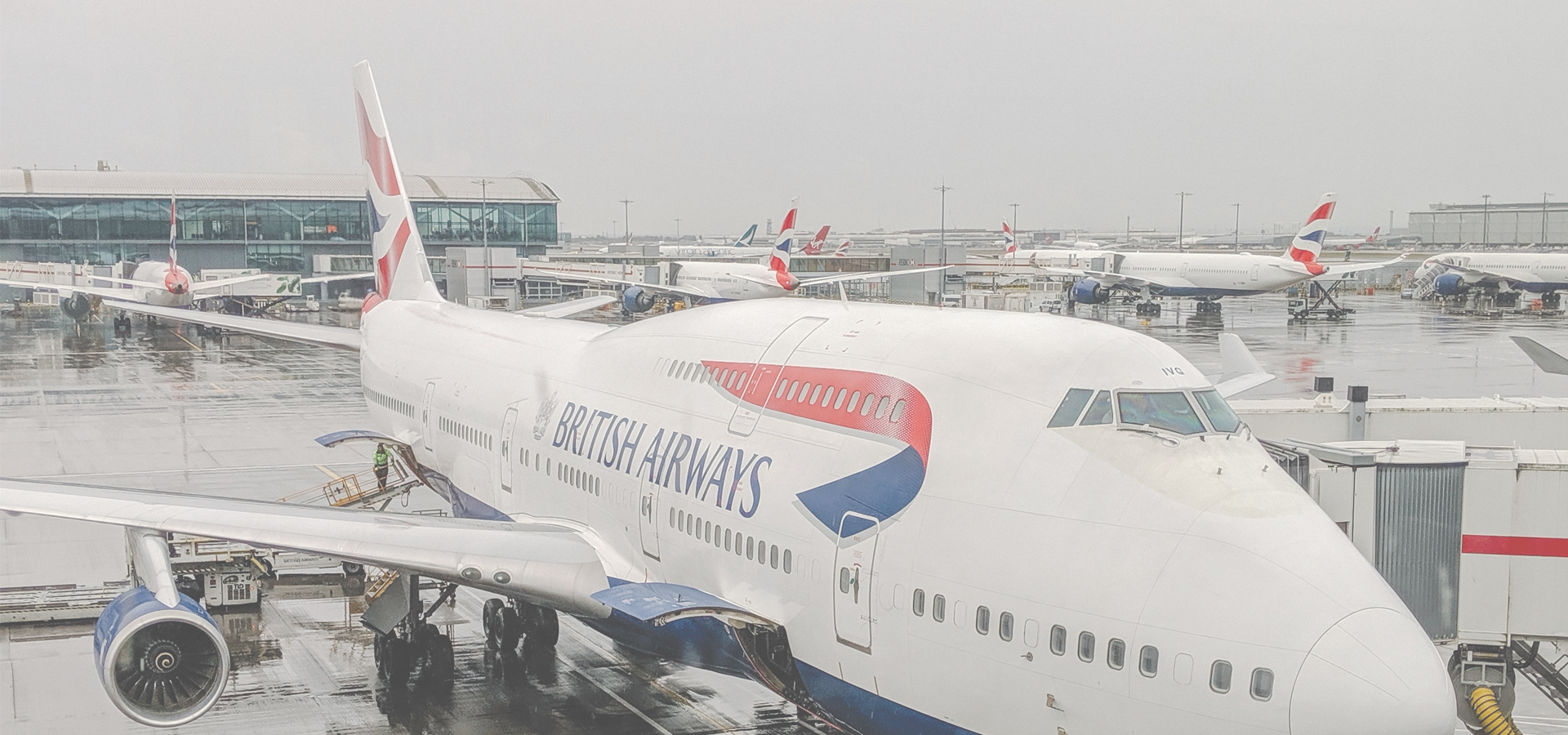🏴 Architect Herbert Lewis Curtis is associated with Stand-on-the-Green. He was elected a Fellow of the Royal Institute of British Architects (FRIBA) in 1939.
Stand-on-the-Green, Hounslow, England, United Kingdom
🏴 Strand-on-the-Green is one of Chiswick's four medieval villages, and a "particularly picturesque" riverside area in West London. It is a conservation area, with many "imposing" listed buildings beside the River Thames; a local landmark, the Kew Railway Bridge that crosses the River Thames and the Strand, is itself Grade II listed. Oliver's Island is just offshore.
The area was a fishing village named "Stronde" in 1353. By the 18th century, it had become a place of river-trade with many different businesses. It became fashionable with the opening of Kew Bridge and the presence of the royal family at Kew Palace. Freight traffic declined with the opening of the Grand Junction Canal. Strand-on-the-Green became a residential area in the 20th century.
Geography: Location Strand-on-the-Green is the most westerly part of Chiswick. It is on the north bank of the River Thames, just downriver from Kew Bridge. The name is shared by the first part of the road east of Kew Bridge, its continuation on the riverside path, and the area itself. The riverside path is fronted by a row of "imposing" 18th-century houses, interspersed with three riverside public houses. The low-lying path borders a part of the tidal river whose capacity has been restricted by the building of embankments on both banks, and it is flooded at high water during spring tides. Houses on the street were occasionally flooded, for example in 1967, before the Thames Barrier was built to restrict the highest tides on the river.
Europe/London/Hounslow

The Hounslow District has a population of over 271,523 people.